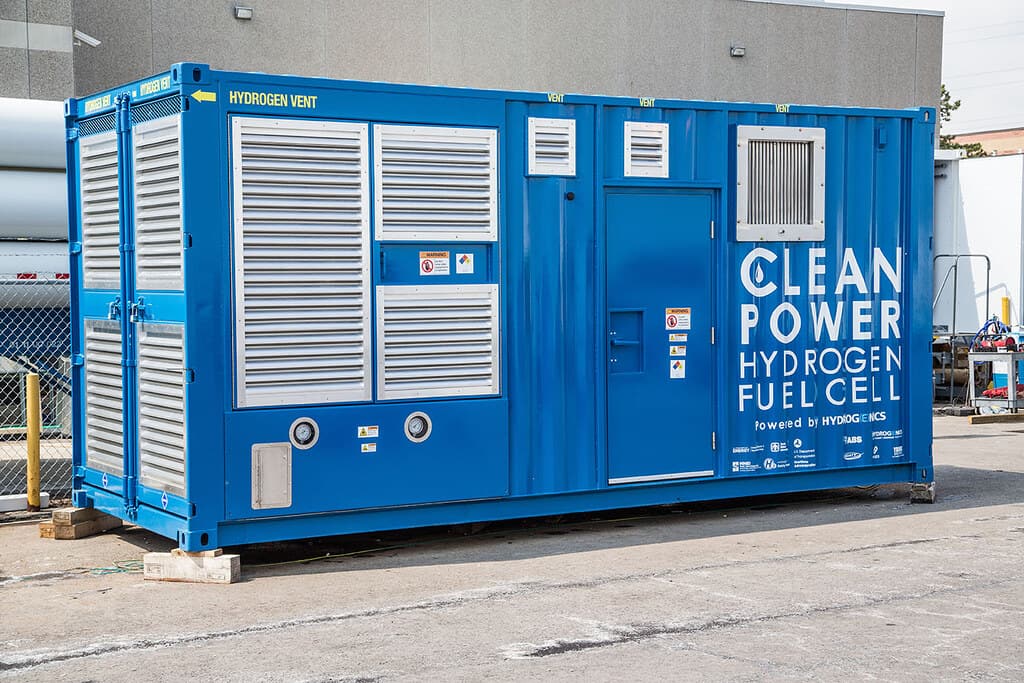Many of the world’s leading economies see investment in green energy as a key component of their strategy to revive and revitalize their economy post-pandemic and meet their net-zero goals.
The GCC countries have a unique opportunity to lead this new industry, as they have considerable advantages in green hydrogen production due to abundant, low-cost solar energy.
Cranmore Partners and Energy Estate recently launched the Hydrogen Investability Index (H2i).
It is the first international country ranking of its kind in the hydrogen space. It provides an in-depth analysis and ranking of the top 40 countries in terms of attractiveness for low-emission hydrogen project investment.
According to the index, Saudi Arabia is one of the most attractive countries in the world for investment in low-emission hydrogen projects, ranking first in the region and 17th overall.
The UAE is ranked second in the area and 20th overall, followed by Oman, Morocco, and Qatar, which are ranked 25th, 36th, and 38th, respectively.
The top 10 countries have already demonstrated a real commitment to the growth of the market.
Each country’s ranking is based on a comprehensive assessment of investability, regulatory support, renewable resources, transportation and storage infrastructure, local demand, and energy security,” Cranmore Managing Partner Yusuf Macun told TRENDS.
“This is a dynamic index that we intend to review at least every six months, if not more frequently,” he added. “And we look forward to reading the debate and evolution.”
The global energy transition presents an unprecedented opportunity for investors.
He continued, “Green hydrogen has the potential to rapidly replace fossil fuels on a large scale while also complementing higher levels of electrification. We created this Index to shed light on the primary drivers of clean hydrogen investment.”
Benefits of green hydrogen
Green hydrogen comes from renewable power sources, such as wind, solar, hydro, or geothermal.
The renewable energy powers electrolysis, which splits water into hydrogen and oxygen atoms. As a result, no carbon dioxide is produced.
According to Macun, green hydrogen has a lot of potential as an energy vector, particularly in heavy transport and heavy industries, refining and ammonia manufacturing.
Thus, decarbonizing parts of the heavy industries that now utilize dirty hydrogen and replacing it with clean low carbon hydrogen will be where it begins.
“The beauty of it is that you can make green hydrogen by electrolysis using fresh electricity and then burn it without emitting carbon,” he continued.
So, green hydrogen allows to have a carbon-neutral or near carbon zero energy cycle from production to consumption.
Costs to convert into hydrogen
Green hydrogen is one of several potential low-carbon fuels that could take the place of today’s fossil hydrocarbons.
In line with its net-zero initiatives, the UAE plans to invest $160 billion over the next three decades to hasten renewable energy development.
Hydrogen has been earmarked for further development in the UAE and Saudi Arabia as a viable clean fuel.
“The cost of producing clean hydrogen today is enormous. However, when combined with the cost of carbon alternatives, hydrogen can achieve commercial viability and a kind of economically neutral point.” Still, one of the most effective techniques, according to Macun, is to scale up.
To succeed, GCC countries must focus on policy imperatives over the next three to five years, in areas such as developing a national strategy, establishing the business case, launching pilot projects, and creating a supportive policy, regulatory, and investment framework.
Macun believes that deploying at a much greater scale will result in lower unitary costs, but this will demand considerable manufacturing investments, extensive upstream access to automation technologies, and so on.
He said: “In areas such as the Middle East, where cheap solar and wind resources are abundant, especially when combined, we have space for hydrogen in the near to medium future with the correct investments in production capacity for electrolysis.”
He added that investing in the energy transition will be necessary.
However, there is no guarantee that it will reduce the economic burden.
On the other hand, it will create new economies, necessitating new investments and new jobs.
Macun believes that customers will place a greater emphasis on alternative low-carbon energy sources as time goes on.

